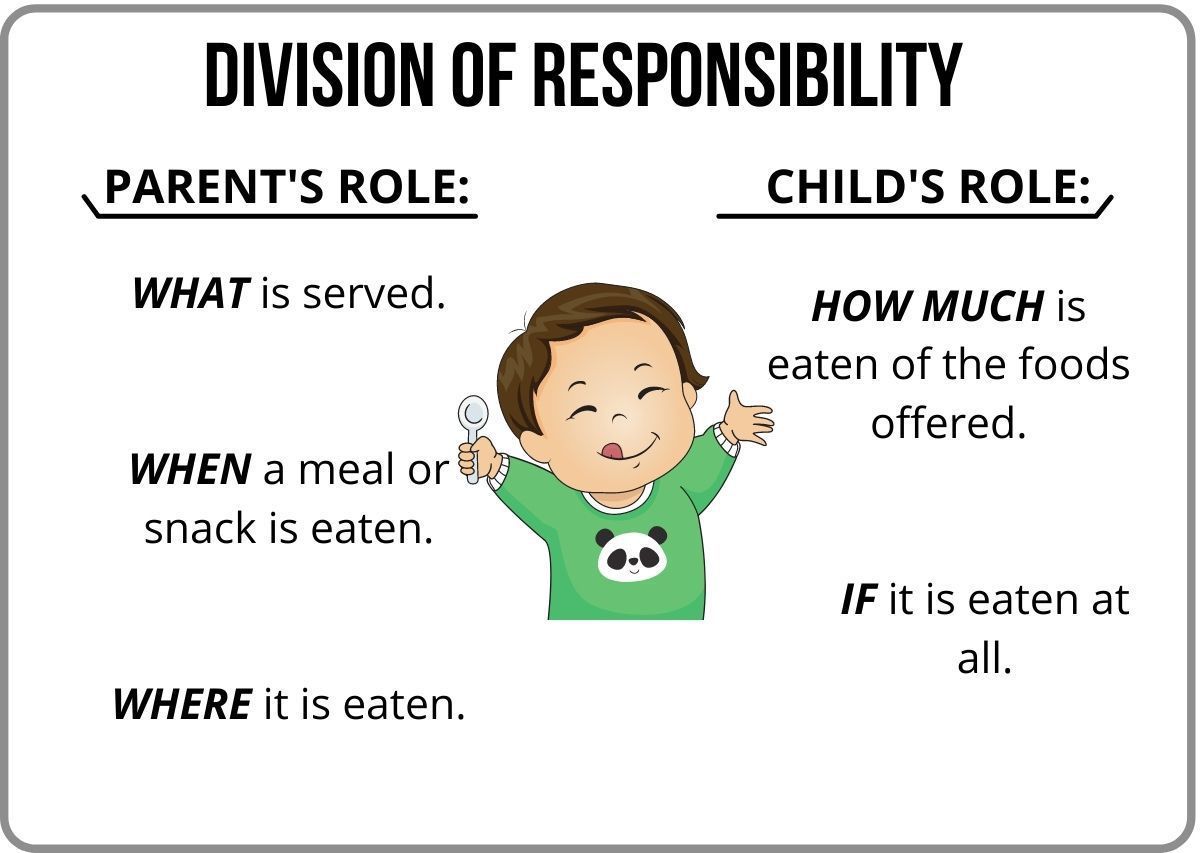A Sensory Approach to Picky Eating
A Sensory Approach to Picky Eating
If you have a child who is a selective eater, be sure to read and follow up with one of our awesome OT’s, SLP’s and RD. They are a fabulous team that can help you and your kiddo work through this challenge.
Let’s start with some general nutrition guidelines:
- PROTEIN - choose lean proteins when possible, such as lean ground beef, lean poultry, eggs, beans, unsalted nuts/seeds.
- FRUITS/VEGETABLES - fresh is best, but canned, frozen, and dried fruits/veggies are great options. Look for fruits canned in their own juices or veggies labeled low sodium.
- GRAINS - whole grains are the best choice. Whole grain bread (whole wheat is 1st ingredient), oatmeal, popcorn, quinoa, and rice are all great possibilities.
- DAIRY- choose fat-free or low-fat dairy products.
*If you have any questions, MyPlate.Gov is a great resource.

Making sure we include BALANCE, VARIETY, and MODERATION every day.
Balance
Enjoy balance from all food groups and be sure to balance out calories consumed with calories burned.
Variety
With variety, we want to include all different nutrients from all different food groups. Each food group offers nutrients that are important for growing healthy bodies.
Moderation
Moderation is key! Make eating enjoyable. Have fun with food! Consume what you need, not in excess. There are no ‘good’ or ‘bad’ foods and no such thing as ‘junk’ food. Labeling foods creates a judgment on our choices. Teaching kids to enjoy all foods helps create a healthy relationship with food.

When thinking about making changes, it can be overwhelming. Start simple and remember small changes add up over time. Perhaps start with creating family meal time one each week. Can you add an additional day here or there? Maybe your change is having your child tolerate non-preferred foods on their plate at dinner. Maybe try having your child pick a new fruit or vegetable to try one week. Can they look up a fun recipe to use? Can they help prep or cook it? Any and all exposure to (new) foods is a step in the right direction. Maybe it is incorporating 20-30 minutes of dance or movement before meals?

Division of Responsibility
Division of Responsibility is a research based approach that helps take the stress out of mealtimes, reduce picky eating tendencies, and develop healthy eating habits. The whole goal with selective eaters is creating a positive relationship with food. The Division of Responsibility divides up the responsibilities between parents and children. Parents are responsible for picking out WHEN food is served, WHAT food is served, and WHERE food is served. The child is responsible for IF they eat and HOW MUCH they eat. This model is structured around providing 3 meals (breakfast, lunch, and dinner) and 2-3 snacks, each 2 hours apart.
We want our families to grow competent eaters, have children with consistent growth, create a positive relationship with food, and teach their children to trust their bodies.
Tips for parents regarding FOOD:
- Offer new foods paired with preferred foods
- Try different shapes - dinosaur nuggets, star shaped cheese bites, melon balls
- Add dipping sauces - ketchup, ranch dressing, marinara, hummus, guacamole
- Try finger foods - cut into sticks, chunks, etc
- Create fun names for foods: broccoli trees (raw or roasted broccoli), pizza chicken (chicken parmesan), cheesy spuds (baked potatoes with cheese)
- Feel free to offer filling, but not necessary thrilling foods
- Model healthy eating behaviors at home
- Have your child choose fun utensils and plates
- Use chopsticks, food picks, another possibility instead of traditional forks, spoons, and knives
- Create a mealtime routine - have your child wash their hands and set the table before eating. Maybe they walk to the kitchen in a bear crawl or in elephant stomps.
Tips for parents regarding MEALS:
- Offer options, while including 1 preferred food at every meal.
- Create a guest-like atmosphere: ask questions about their day, utilize Table Topics, engage them in conversations regarding topics other than food
- Avoid mealtime distractions. Put the phone and tablets away during mealtime.
- Be sure they are sitting comfortably at the table: 90-90-90 rule: 90 degree angle in their hips and knees and be sure their feet are supported.
- Eat together as a family as much as possible. Try to keep meal times and location consistent.
- Keep your child on a routine with 3 meals and 3 snacks each day, approximately 2 hours apart - breakfast, snack, lunch, snack, dinner, and snack. Creating this routine allows for time in between to allow for your child to start understanding hunger and fullness cues.
Tips for parents regarding the CHILD:
- Serve age appropriate foods
- Offer water in between meals and snacks. If they are hungry outside of meal and snack times, try distracting them with an activity until the next meal/snack.
- Encourage self-feeding; Tolerate messes. Children may play with their food and that is a-ok!
- Pick a fruit or veggie of the week to try. Enlist your child’s help in picking that item, as well as, helping to prep and/or cook it.
- Encourage your child to listen to their bodies for when they are full and when they are hungry.
- Be active every day! We want them to be active to ensure they are burning energy and creating an appetite.
- No bribing, arguing, or negotiating. Take the pressure off. Parents are responsible for WHAT, WHEN, and WHERE food is offered. The child is responsible for IF they eat and HOW MUCH they eat.
- Talk less and listen more. Ask your child… What do they notice about the food? Describe it to me… Tell me about…
- Honor their reaction. There are some foods that we all just don’t like and that is ok. It does take 15-20 times being exposed and even trying a food to start to enjoy it. Be patient and continue to expose your child to foods in various ways. For example: steamed carrots, roasted carrots with a sprinkle of salt and pepper, honey roasted carrots, raw carrots, etc.

These are simply a list of ideas. Maybe only one or a combination of a few will work best for your family. Give them a try! If you would like a more individualized approach, please schedule time with our
Registered Dietitian!









